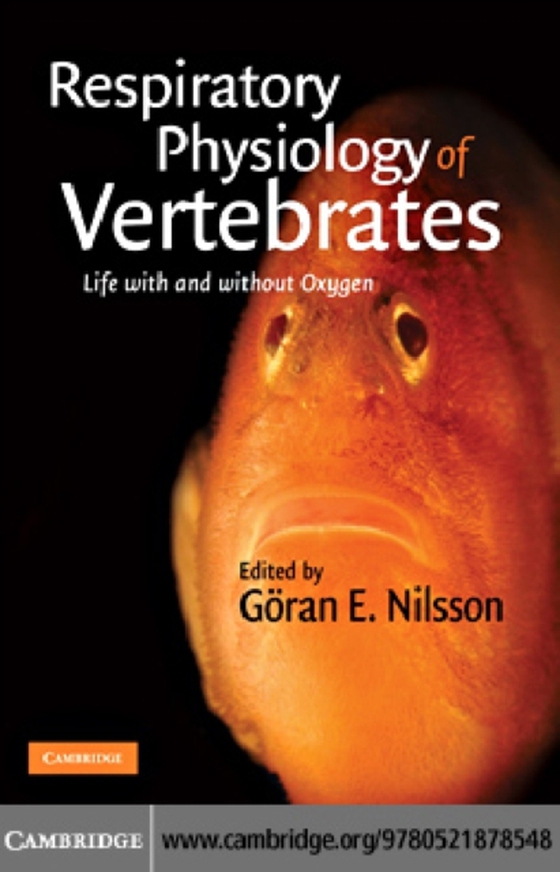
Respiratory Physiology of Vertebrates e-bog
637,41 DKK
(ekskl. moms 509,93 DKK)
How do vertebrates get the oxygen they need, or even manage without it for shorter or longer periods of time? How do they sense oxygen, how do they take it up from water or air, and how do they transport it to their tissues? Respiratory system adaptations allow numerous vertebrates to thrive in extreme environments where oxygen availability is limited or where there is no oxygen at all. Written...
E-bog
637,41 DKK
Forlag
Cambridge University Press
Udgivet
5 april 2010
Genrer
PSVD
Sprog
English
Format
pdf
Beskyttelse
LCP
ISBN
9780511685682
How do vertebrates get the oxygen they need, or even manage without it for shorter or longer periods of time? How do they sense oxygen, how do they take it up from water or air, and how do they transport it to their tissues? Respiratory system adaptations allow numerous vertebrates to thrive in extreme environments where oxygen availability is limited or where there is no oxygen at all. Written for students and researchers in comparative physiology, this authoritative summary of vertebrate respiratory physiology begins by exploring the fundamentals of oxygen sensing, uptake and transport in a textbook style. Subsequently, the reader is shown important examples of extreme respiratory performance, like diving and high altitude survival in mammals and birds, air breathing in fish, and those few vertebrates that can survive without any oxygen at all for several months, showing how evolution has solved the problem of life without oxygen.
 Dansk
Dansk

